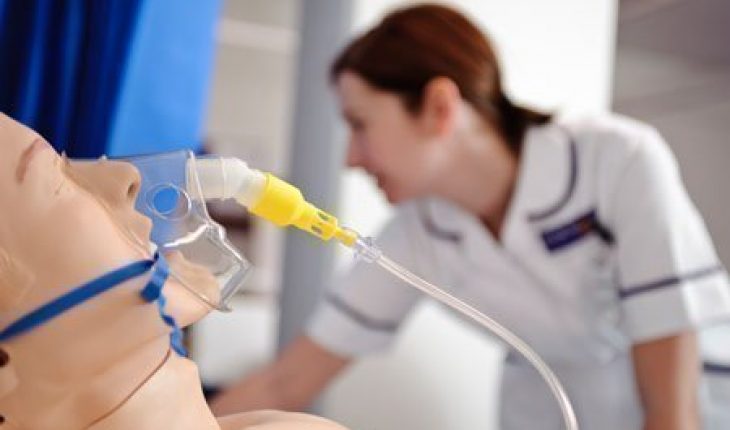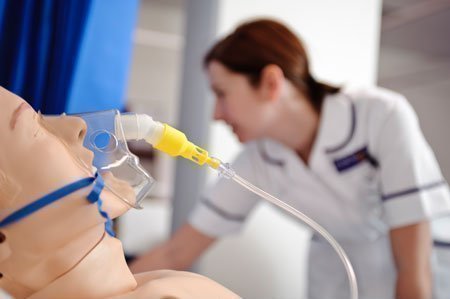Oxygen is a tasteless gas. It has no smell or color. It comprises 22% of the air. The gas is part of the air people use to breathe. This element is found in the human body, the Sun, oceans and the atmosphere. Without oxygen, humans will not be able to survive. It is also part of the stellar life cycle.
Common Uses of Oxygen
This gas is used in various industrial chemical applications. It is used to make acids, sulfuric acid, nitric acid and other compounds. Its most reactive variant is ozone O3. It is applied in assorted chemical reactions. The goal is to boost reaction rate and oxidation of unwanted compounds. Hot oxygen air is required to make steel and iron in blast furnaces. Some mining companies use it to destroy rocks.
Usage in the Industry
Industries use the gas for cutting, welding and melting metals. The gas is capable of generating temperatures of 3000 C and 2800 C. This is required for oxy-hydrogen and oxy-acetylene blow torches. A typical welding process goes like this: metal parts are brought together.
A high temperature flame is used to melt them by heating the junction. The ends are melted and solidify. To slice metal, one end is heated until it turns red. The oxygen level is augmented until the red hot component has oxidized. This softens the metal so it can be hammered apart.
Atmospheric Oxygen
This gas is required to produce energy in industrial processes, generators and ships. It is also used in airplanes and cars. As liquid oxygen, it burns spacecraft fuel. This produces the thrust needed in space. Astronauts’ spacesuits have close to pure oxygen.
In healthcare institutions like hospitals, oxygen supplies are kept in stock. These are provided to patients who have difficulty breathing. This breathing apparatus is also used by astronauts walking in space, scuba divers and mountaineers. Oxygen gas is used to destroy bacteria. The same oxygen gas is used to treat victims of carbon monoxide poisoning.
Respiration
Of all the uses of oxygen, sustaining life is the most important. Oxygen is needed by all living organisms. Through a process known as aerobic respiration, energy from food is generated. This allows humans and animals to perform their daily activities.
Other Applications
This gas is used in water treatment and chemical combustion. Scientific researchers use the oxygen-18 and oxygen-16 isotopes in fossils to determine Earth’s climate millennia ago. This gas is also used in polyester polymers and antifreeze production. These polymers are used to create fabrics and plastics. You will also find oxygen tanks in aircraft and submerge vessels.
Chemical Properties
Oxygen comprises a fifth of air volume, two-thirds of the human body and 87% water. In its natural form it is all over the atmosphere. Commercial preparation involves fractional distillation of air and liquefaction and water electrolysis. Of the group 16 of the periodic table, it is the primary member. Oxygen can be used to make compounds with all elements minus inert gasses.
Oxygen may be dissolved. This gas supports combustion. However, it does not conduct electricity or heat well. Oxygen in the air is known as diatomic gas. Ozone O 3 is an allotrope. It is composed of ultraviolet light or electrical discharge.
Oxygen is paramagnetic whether it is gaseous, liquid or solid. Oxides are generated when oxygen joins with other elements. It is part of hydroxides and various acids. Oxygen can be cooled under boiling point. It will turn light blue. This color is retained even when in a solid state.
Oxygen Toxicity
This condition takes place when someone breathes excessive pure oxygen. The gas is essential for living, but only up to a point. Humans can only breathe 21 percent oxygen. The other elements are composed of nitrogen and other elements. When too much oxygen is inhaled, humans will experience difficulty breathing. Other symptoms will manifest. These include inflammation of the airways, nausea and tunnel vision.
Toxicity can be due to elevated oxygen levels or other causes. High pressure, short duration exposure can lead to central nervous system damage. Long term exposure may cause ocular or pulmonary problems. Central nervous system oxygen toxicity is usually experienced by divers. Those who spend time at high altitudes are also susceptible. Toxicity can occur when a diver goes in deep enough. This is because the diver takes in more oxygen than usual.
Symptoms include twitching, dizziness and nausea. In extreme cases, seizures or death occur. However, toxicity can take place in normal atmospheric pressure. This can occur when air oxygen is higher than 21%. At 50%, toxicity will occur.
The uses of oxygen are varied. Aside from those mentioned here, it is used in pulp and paper manufacturing, ceramic creation, glass making and petroleum processing. It is also part of pharmaceuticals, metal refining and other elements.

